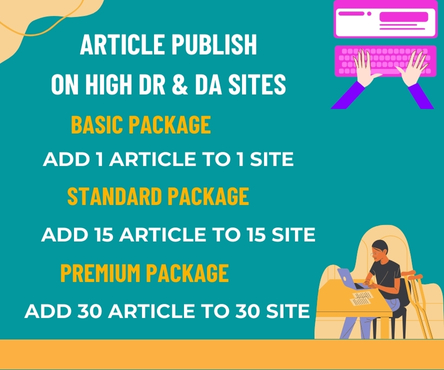Heel lifts, often overlooked but incredibly important, are small orthotic devices designed to be placed inside shoes to raise the heel slightly. These lifts serve a variety of purposes, from providing relief for foot pain to enhancing posture and correcting gait imbalances. While their benefits are numerous, understanding why you should care about Heel Lifts is essential for maintaining good foot health and overall well-being.
What are Heel Lifts?
Heel lifts are typically made from materials such as foam, rubber, or gel and come in various thicknesses to accommodate different needs. They are often used by people suffering from conditions like Achilles tendonitis, plantar fasciitis, or leg length discrepancies. The lifts are placed inside the shoe under the heel, providing a cushion that helps alleviate pressure and distribute body weight more evenly.
Benefits of Heel Lifts
- Pain Relief
One of the primary reasons to care about heel lifts is their ability to provide relief from various foot-related pain conditions. People suffering from Achilles tendonitis, plantar fasciitis, or heel spurs often experience significant pain while walking or standing for extended periods. Heel lifts reduce the strain on the Achilles tendon and other foot structures, making it easier to move without discomfort. - Improved Posture
Heel lifts help align the spine, pelvis, and hips by compensating for leg length discrepancies. A slight difference in leg length can cause uneven gait patterns, leading to misalignment and discomfort. By using heel lifts to balance the legs, individuals can reduce the risk of developing posture-related issues such as back pain or hip discomfort. - Enhanced Comfort
For people who spend long hours on their feet, such as athletes, healthcare workers, or those in retail, heel lifts provide added cushioning and support. The additional lift helps absorb the shock of walking and standing, reducing fatigue and discomfort. This makes them an excellent option for anyone looking to improve their day-to-day comfort. - Improved Gait and Mobility
Heel lifts can correct abnormalities in gait and walking patterns caused by uneven leg lengths or other foot conditions. By improving alignment, they make walking more efficient and less taxing on the body. Proper gait can also prevent further injury, as it reduces unnecessary strain on the knees, hips, and lower back. - Support for Foot Conditions
Heel lifts are particularly helpful for individuals suffering from various foot conditions. In addition to providing relief for those with plantar fasciitis or Achilles tendonitis, heel lifts can also aid in the treatment of flat feet or high arches. By redistributing pressure on the foot, heel lifts help maintain the natural curve of the arch and reduce the risk of worsening foot conditions.
When to Consider Heel Lifts
While heel lifts are beneficial for many individuals, they should not be used without proper consideration. It’s important to consult with a healthcare professional or podiatrist before using them, especially if you have any pre-existing medical conditions. Heel lifts should be used as part of a comprehensive treatment plan, not as a standalone solution.
If you experience persistent foot pain or discomfort, or if you notice an uneven gait or posture issues, heel lifts could be a helpful addition to your footwear. They are simple, cost-effective solutions that can make a significant difference in your overall comfort and health.
Conclusion
Heel lifts may seem like a minor accessory, but they play a crucial role in maintaining foot health, alleviating pain, and improving posture. Whether you’re dealing with a specific foot condition, recovering from an injury, or simply looking for added comfort, heel lifts offer a practical solution to enhance your mobility and well-being. By understanding their benefits and incorporating them into your routine, you can take a proactive approach to foot care and overall health.

